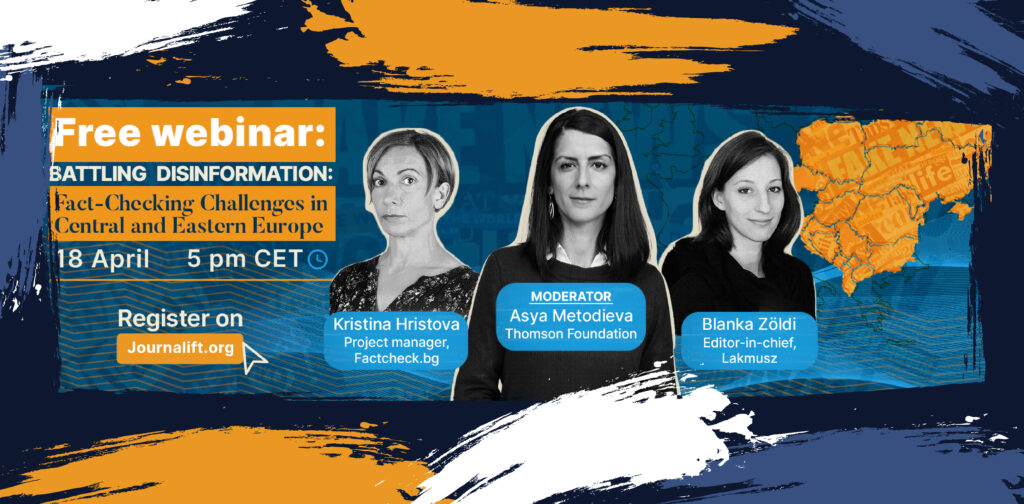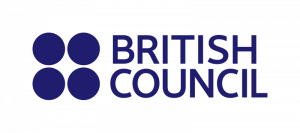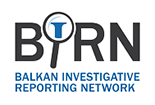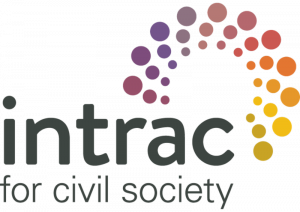Small media outlets tend to struggle with financially supporting their news agenda, which often forces them to look for external funding. But there is a better and more sustainable alternative. As we have outlined in our previous article, media outlets can take the matter of resources into their own hands by setting up their own brand newsroom. This allows them to cash in on the marketing activities of brands, which are no longer focusing on selling their products or services directly, but rather on grooming their users and building loyal communities.
However, media outlets establishing a brand newsroom should be cautious in choosing the clients they work with. They must stay true to the high ethical standards of journalism in order not to compromise their own credibility and put their reputation at risk.
This means that media outlets should only cooperate with brands that are aligned with the media outlet’s own values.
Therefore, a brand embracing environmental sustainability is the perfect client for a media outlet that frequently covers stories on pollution and climate change.
Additionally, just to stay on the safe side, a clear distinction must be made between journalists covering news and content producers engaged in the brand newsroom. Otherwise, the credibility of the media outlet can again be jeopardized if controversial information is leaked that compromises the integrity of the commissioning brand. In this event, the media outlet could suffer the same backlash as the brand itself, potentially losing a considerable part of their previously loyal community.

Newsrooms and Brand Newsrooms: Two Sides of the Same Coin
If the slope is so slippery, then why even bother establishing a brand newsroom? The answer is simple.
Even if we put the financial factor – which is already a huge advantage in its own right – aside, there are benefits to take into consideration.
First, a brand newsroom requires visual producers, such as video editors, graphic designers, motion designers, and visual commentators. Employing or outsourcing these much-needed individuals benefits not only the brand newsroom department, but also the media outlet in general because it can increase the added value of the news produced.
And, second, a brand newsroom also requires marketers, or at least individuals with considerable experience in marketing. Their role in brand newsrooms is invaluable as they can translate advertising appetites for exploiting the hard news agenda into high-quality content, which markets a product or service indirectly with educational, informative and/or entertaining content. In a world where most consumers can see through hackneyed advertising tricks, such indirect marketing strategies can work wonders in strengthening a brand’s community.
Certain powerful brands are already leveraging this approach. One example is Mercator – a major regional retailer in the West Balkans, which has set up its own content platform called M Soseska. The platform serves video content with both an entertaining and practical value, covering topics such as cooking, exercising, household keeping, gaming, as well as interviews with high-profile individuals. New content with wisely and modestly integrated product placement is regularly added to the platform.
BMW is another example of good practice. The automotive giant, which has been manufacturing upmarket vehicles for decades, has recently overhauled their international website.
Instead of going for a sales-oriented model, they set up a news portal for car enthusiasts and individuals who value the lifestyle represented by the German brand. Though it might seem counterintuitive to traditional salespeople, their products are not even included on the landing page, but rather on a subpage accessed through the navigation menu.
The bottom line is that all brands which want to address their media channels must reach deep into their pockets and provide considerable budgets for either in-house or outsourced news creators to produce their content. Since media outlets already have news creators, they have a considerable advantage in seizing such opportunities. Thankfully, setting up a brand newsroom service should not be difficult for a media outlet since the organization of work is practically identical to that of any serious media outlet’s multimedia newsroom.

Organization: The Pieces of the Puzzle
So, what does a media outlet need to set up a brand newsroom?
First things first – one of the musts is having an open space with separate booths designated for performing certain tasks. Ideally, individuals doing research and producing copy should be separated from video editors, and there should be a separate room that the team can retreat to for holding meetings, doing Zoom calls, and brainstorming uninterruptedly.
Another major piece in the brand newsroom puzzle are the employee profiles. Apart from a marketer, which is a must in any company selling products or services, the first profile is a well-versed executive producer. This person is the cornerstone of an efficient workflow. They are the one who translates what marketers sell into the language of the creative producers. They also make sure that marketers put the right price on the client’s wishes. And, finally, they are the person responsible for informing creative producers about how much time they have and how deep they can delve into an individual project based on the available budget.
The next essential role in a brand newsroom is that of a content producer. And based on the extent of work, more than one content producer might be needed. They must be capable of forecasting how each video, blog, or multimedia story will perform on individual channels that the client wants to include in their communication. They should also be versed in conducting research, devising concepts, and producing storyboards for video content.
Finally, what a brand newsroom needs are the people who can bring each concept or storyboard to life. Depending on the types of content that your soon-to-be brand newsroom aspires to produce, these employee profiles include camerapeople, light technicians, video editors, graphic designers, and motion designers. The more diverse that your production team is, the more projects your brand newsroom will be able to tackle.
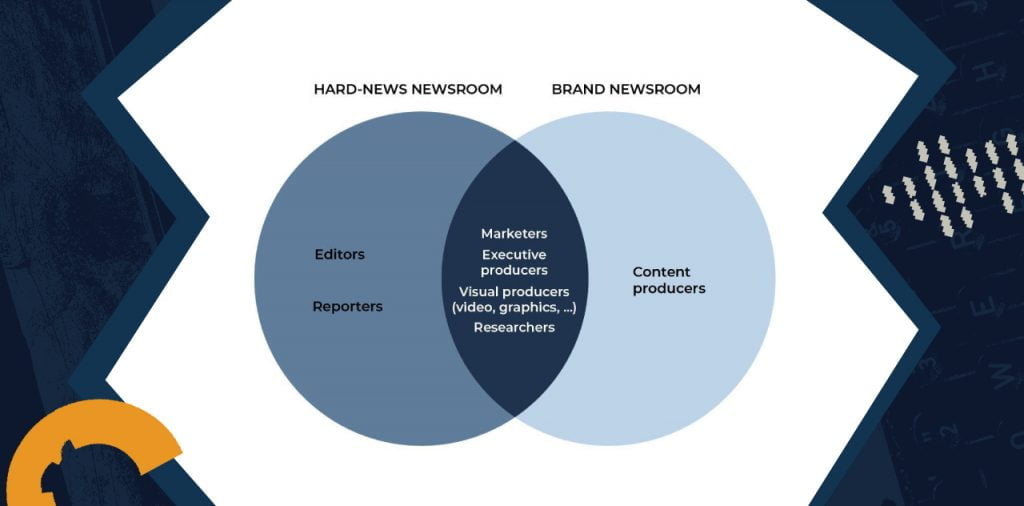
Practice in the Balkans: Vidi Vaka from North Macedonia
Media outlets which already have multimedia teams have a huge advantage since they already have the necessary in-house resources to produce multimedia content. One such example in the Western Balkans is Vidi Vaka. The Macedonian media outlet already has a video team that produces their social-media-first news, so they are only missing a few employee profiles to establish their brand newsroom. We worked together on upgrading their business and, so far, everything is going as planned:
- They have found a digital marketing expert who designs content formats for their (future) clients. At the same time, he is also working on optimizing the performance of Vidi Vaka news, which is already producing promising results. With just a handful of news stories, Vidi Vaka has broken all previous, already enviable records. Among other, some of these stories have reached nearly every Facebook user in North Macedonia and their translated stories covering regional topics have reached an admirable portion of the Serbian public, which was previously largely unfamiliar with the Macedonian media outlet.
- They have also employed a sales expert who sets up offerings and detects the market needs. Based on these analyses, the Vidi Vaka Storytelling Studio has already utilized their production knowledge to develop a new product – an interactive story for employer branding activities in IT companies. It was important that they only developed ONE specialized product that was specifically adapted for the market segment – even though they did it based on past experience. Only after seeing the sales results and analysis will they be able to develop the next product. Regardless of this, companies can still order video stories or brand image documentary series from the Skopje-based media outlet. After all, this is their long-standing competitive advantage.
- At the time of finishing this article, they also employed a content producer who will work on branded content. This is crucial – and we have discussed this a lot in simulations of real-life marketing situations and in workshops – because we do not want to compromise the credibility of journalists in the team. And seeing how their stories have reached a respectable number of people who trust independent media reporting, this is the only way to go about it. In the future, our discussions will continue in this direction. The team of journalists must remain “sacred” and we must never forget that the brand newsroom is only here to ensure the team of journalists has sufficient resources to fulfill their duty to the public.
Many media outlets – especially those without an existing multimedia team – will probably have to make a larger investment and hire or outsource a larger number of new employee profiles. But, as we have already explained, this is not a reason to give up. Having these profiles in a (brand) newsroom will definitely pay off in the long run, both in terms of revenue and in terms of the quality of the news produced.

Workflow: Close Cooperation is the Key
With each new project on the horizon, the people who have to step in first are your content producers and researchers. They are the ones who have to find out what your (potential) client needs, conduct the necessary research, and propose the optimal solution to that client. Bear in mind that clients often have an idea of what their communication lacks, but they often fail to see the bigger picture. Instead of focusing on their end consumers’ pain points, they normally stem from their own. So, stick by your proposed solution even if it is not entirely aligned with the client’s initial brief. After all, your job is to please the end user, not the client!
These first stages of cooperation are normally the most demanding and time-consuming, and you might have to sit through a couple of meetings before you finally get all the info you need and reach common grounds with your client. But it is essential that you do so. You are the experts in the field of content communication – if your client were the expert, they would produce the content themselves instead of counting on your brand newsroom to do the work.
Once you are done with the briefing and debriefing, assemble the team that will work on the project. Note that the key to quality content production within a brand newsroom is a multidisciplinary approach.
The reason you have all these different employee profiles is not only to push each project through all of the necessary phases in-house, but rather to include all the profiles in each and every step of the process.
Thus, it is essential that the team assigned to a project works closely with one another. For instance, when the content producer is writing a synopsis, they should discuss any animations with the motion designer. There are two reasons for this. First, the content producer might not know how difficult and time-consuming their predicted animation is. And, second, the content producer and the motion designer might find a better solution than the content producer alone if they do some good old brainstorming together. Working closely like this will ensure your projects are well executed – both from the time-cost perspective and in terms of final quality.
But how do you even score the first project for your brand newsroom?

Managing a Brand Newsroom: Small Steps towards a Big Goal
When setting sail with your brand newsroom, start small but aim big. In other terms, think strategically. You can start out by equipping a native news article on your digital platforms with an accompanying video and keep this going. Gradually, you will come to a point where you will be able to pitch a project to a good client or they might even reach out to you if they come across your content. You might propose setting up their own content platform. Alternatively, you may pitch an on-going content communication campaign with content published weekly on the client’s social media channels.
Whichever way you decide to go with your brand newsroom, bear in mind that the whole idea of establishing was to provide a new revenue stream for your media outlet and increase the added value of your news. Be open about having a brand newsroom and – more importantly – cherish it as much as you cherish your journalists. They are your brand newsroom’s first and most important clients, so make sure to do your best when producing infographics, video stories, and employer branding content for them.
Media outlets still hold a great power in today’s society. Aside from having a massive reach, they also have an unlimited potential to influence others. So, whenever an advertiser or a key decision-maker from the public platform spots a media outlet that not only has quality news, but also a strong content communication campaign, they will want the same for their client, company or brand.
It is the media’s primary responsibility to educate people.
And now is the time to educate advertisers and let them know that the time for wasting money on expensive advertisements without any content whatsoever has run out. It is high time everybody – including major brands – started producing genuine content.
You might find yourself unable to reach common grounds with a potential client at times, but there is absolutely nothing wrong with this. What matters is that you take the right stance and that you stand your ground in line with your media outlet’s expertise and core values.


















